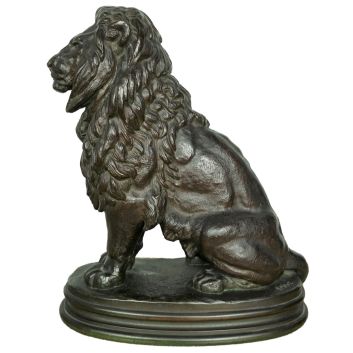Rating and value of First Empire paintings
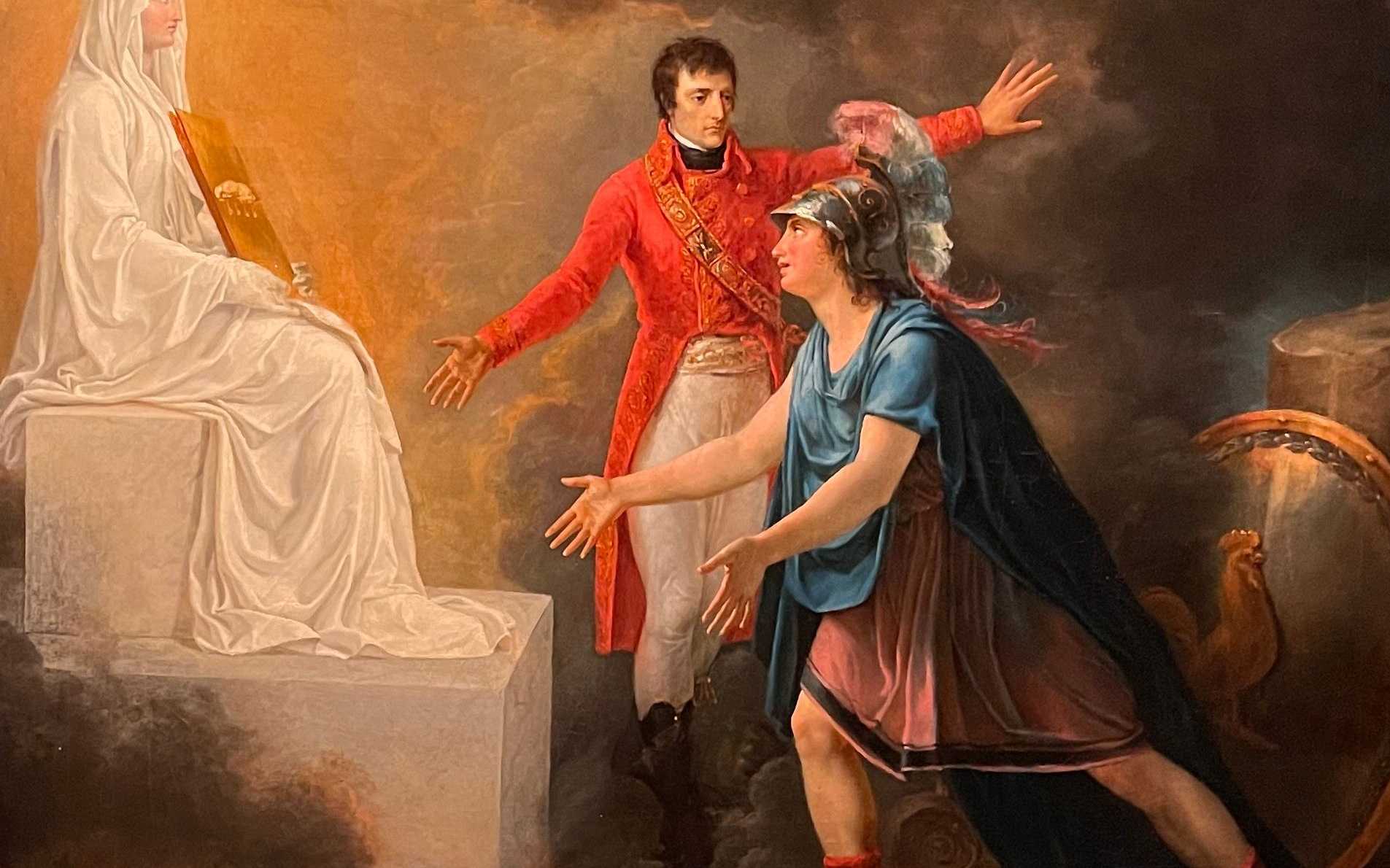
If you own a painting from the First Empire, and would like to know its value, our state-approved experts and auctioneers will offer you their appraisal services. Our specialists will carry out a free appraisal of your object, and provide you with a precise estimate of its value on today's market. Then, if you wish to sell your painting, we'll guide you towards the best possible means of obtaining the best possible price. The price of a painting can vary greatly, depending on the artist, the state of conservation, the school of painting and the subject depicted.
Rating and value of a First Empire painting
First Empire paintings are appreciated and sought after by collectors. The price at which they sell on the art and auction markets ranges from €5 to €2,836,000, a considerable delta but one that speaks volumes about the value that can be attributed to your paintings. They are prized by buyers of all nationalities, and interest some collectors because they are sometimes less expensive than master paintings when the artist is not identified. In 2017, a simple pencil-on-paper portrait of Consul Bonaparte fetched €100,000, whereas its estimate was between €30,000 and €50,000.
Order of value from simplest to most prestigious painting
Technique used | Results |
|---|---|
From €5 to €24,500 | |
Drawing | From €20 to €360,000 |
Oil on canvas | From €380 to €2,836,000 |
Response in less than 24h

Reasons to have a First Empire painting appraised at auction
If you own a painting from the First Empire, you may be unaware of its value. Indeed, even if the painting is not signed, it is possible in some cases to identify the artist. If it's listed on the auction market, then the price could rise very quickly. It is also possible that the artist is not identifiable, and that only the school of the painting is known.
Defining an antique painting from the First Empire
An antique painting is a work of art painted on a flat surface, usually canvas, wood panel or metal plate, and dating back several centuries. These works are the result of the work of often talented artists who, through the ages, have sought to illustrate historical figures, wars and the important moments of their time. Depending on the period and the country, the iconography and subjects can be very different. The 19th century is a pivotal period, and late academic figurative paintings can be considered antique, but with care. The same applies to Romantic paintings. Paintings from the First Empire are generally considered to be early works, as the period is highly representative of neoclassicism, which was the last pictorial movement to adopt all the academic canons. These later fell into disuse.

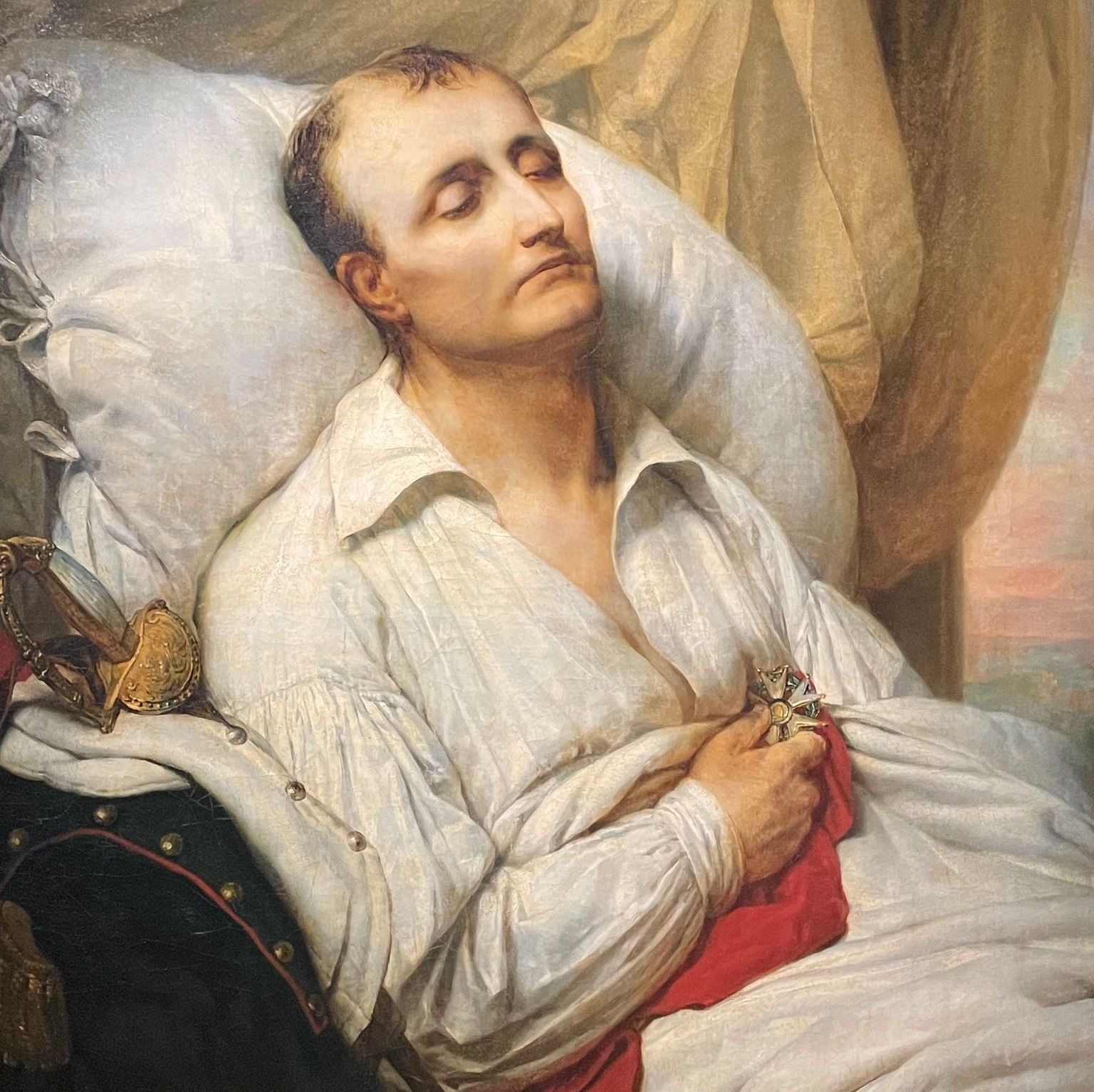
Paintings from the First Empire, a survival of the academic canon
After the tumult of the French Revolution and its upheaval in art history, the Consulate and First Empire were a period of artistic renewal, marked by political propaganda and a return to classical painting. During the revolutionary period, many works, particularly historical paintings, were burned. However, the academic canon survived these events. After the coup d'état of 18 Brumaire, carried out on Talleyrand's advice, Napoleon Bonaparte became First Consul and commander of the French Army. He quickly realized that the historical paintings, war scenes and portraits produced of him and his military victories would serve his reputation and help build the Napoleonic myth. He soon surrounded himself with the greatest painters. Ingres painted his portrait as First Consul, and Antoine Gros did the same. The Constitution of An VIII comes into force, foreshadowing what is to come. The Battle of Marengo strengthened the legitimacy of the Consul, who was crowned Emperor on December 2, 1804. By this time, he had already organized an enormous propaganda campaign around his power, culminating in David's painting of the coronation.
In 1804, Baron Gros completedBonapartevisiting the plague-stricken of Jaffa. This work depicts him as a thaumaturge sovereign, capable of curing lepers. He is portrayed successively as a god or a king, in imperial garb, having poached the most talented painters of his day to build his legend.
Response in less than 24h
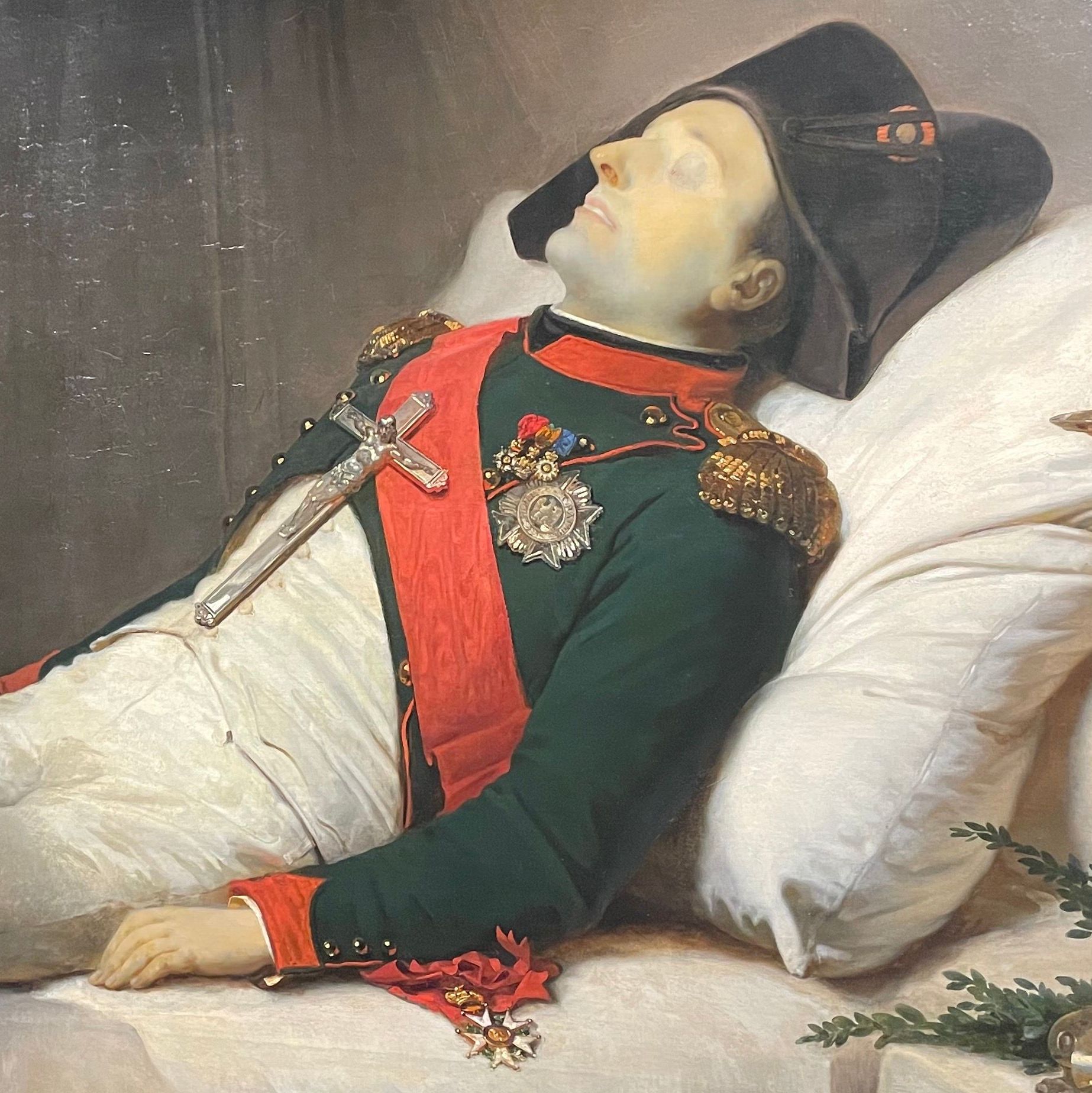
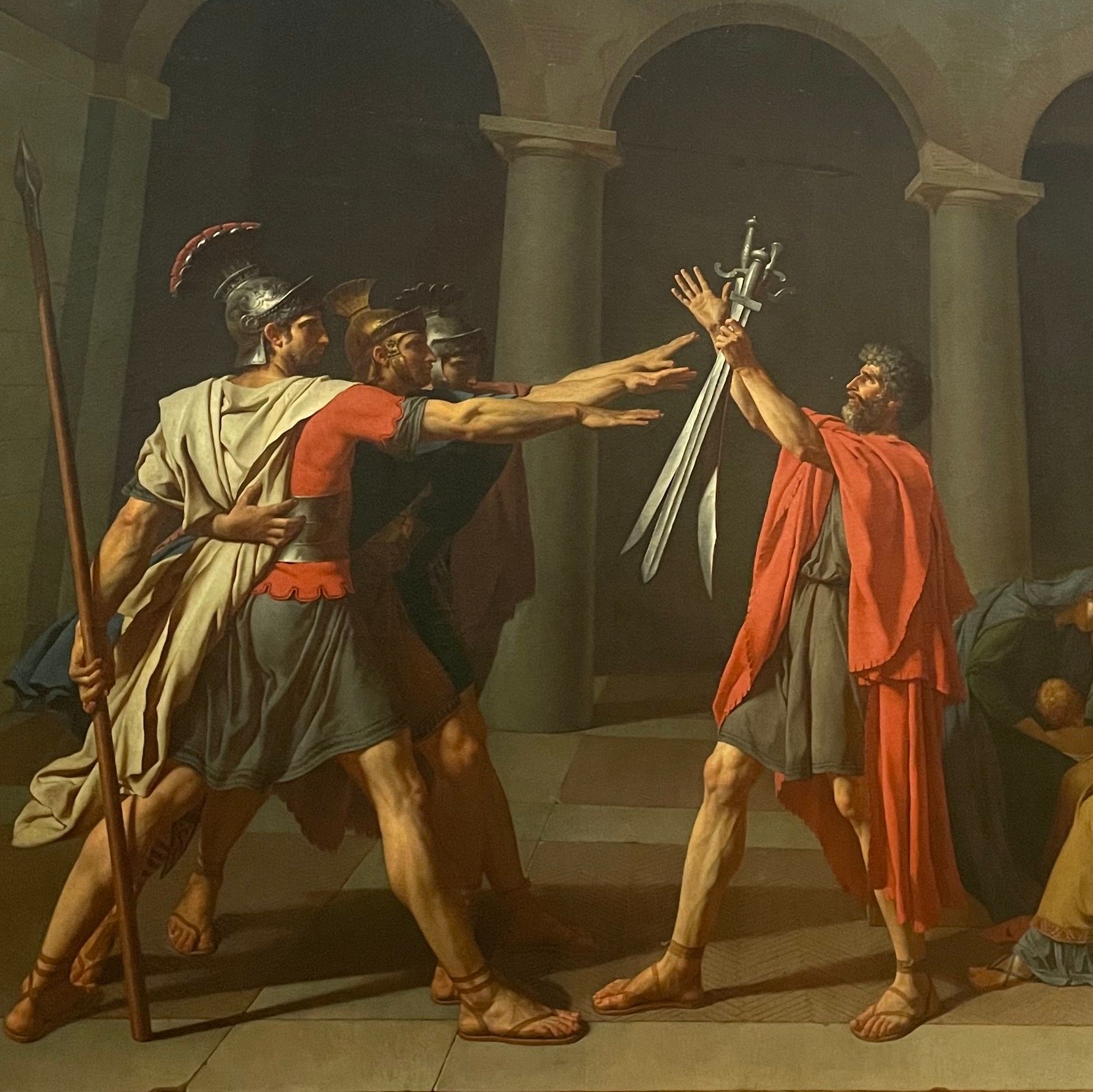
Artistic production under the Empire
Once the great painters of the time were in his service, all the less important and less recognized painters copied David, Gérard, Gros, Ingres and others to keep up with the times. This is why so many paintings and other works from the First Empire are often presented at auction - the production is immense. Although many works are kept in museums, most remain in the hands of private collections, given the sheer quantity produced.
Many collectors seek out works from this historical period, as it is highly appreciated by many, and is rich in pictorial technique and subject matter (history paintings, war scenes, subjects from Antiquity). In some works, we can discern the first signs of Romanticism, notably in Antoine Gros's work, which marked the end of respect for academic guidelines.
Signing paintings
Many paintings from the First Empire are not signed, and neither are the backs of their frames. That's why it's so important to have your work appraised.
Find out the exact value of your painting
If you happen to own a painting from the First Empire, whatever the school, or if you think you might, don't hesitate to request a free appraisal using the form on our website. A member of our team of experts and chartered auctioneers will contact you promptly with an estimate of the market value of your painting, and will provide you with all the relevant information. If you wish to sell your product, you will also be accompanied by our specialists in order to benefit from alternatives for selling it at the best possible price, taking into account the inclinations of the market.
Response in less than 24h
Related topics

Free appraisal of old and modern paintings and drawings
From ancient paintings to modern creations, the paintings and drawings offer a unique and emotional view of the life of each era.
Read more >
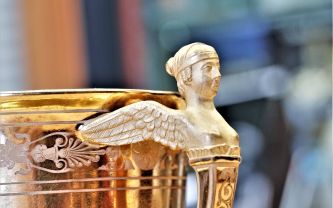
Dihl et Guérhard, the value of porcelain from the Manufacture d...
The Dilh et Guérhard manufactory, less well known than Sèvres, is nevertheless very much in demand on the auction market. Estimate in less than 24h.
Read more >

2024 rating and value of Cartier gold lighters
Cartier gold lighters are luxury objects and accessories that can be highly valued on the auction market.
Read more >
Secure site, anonymity preserved
State-approved auctioneer and expert
Free, certified estimates



